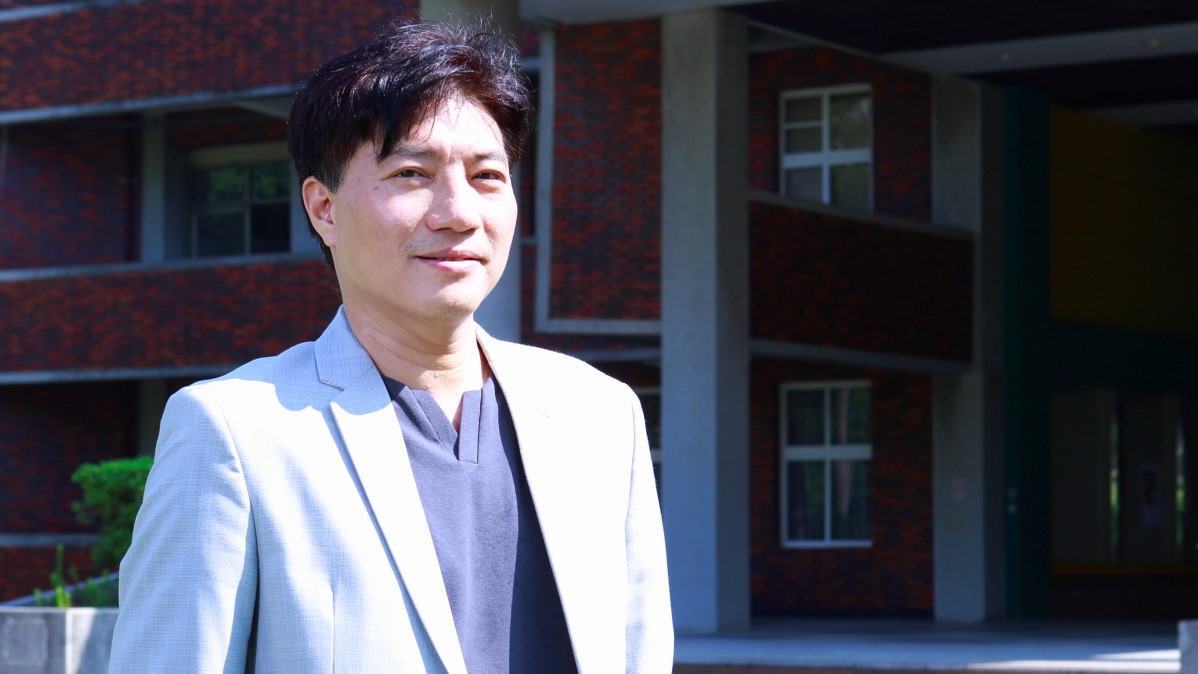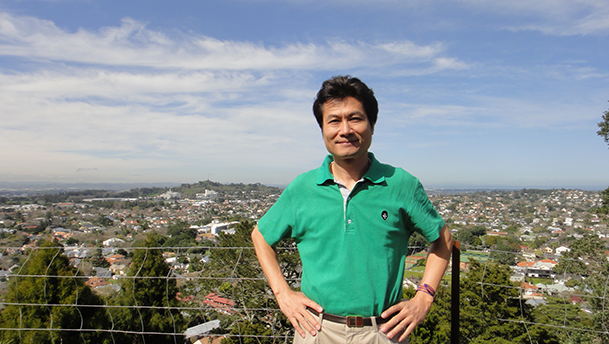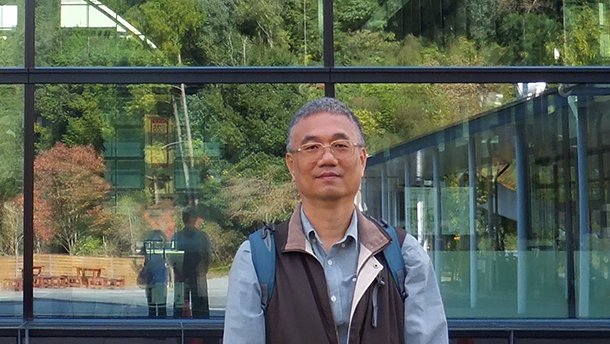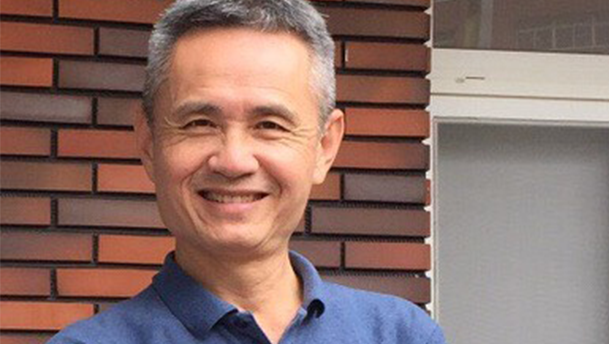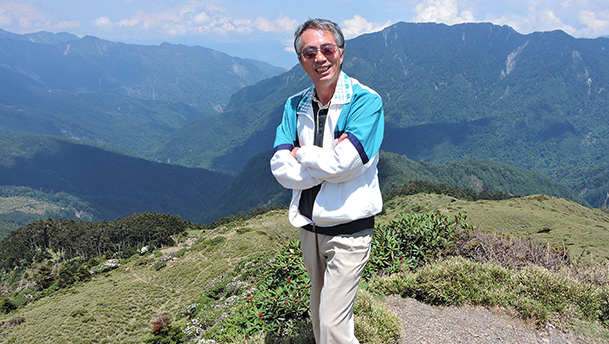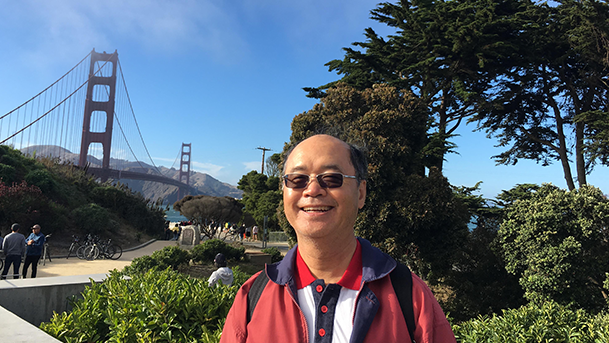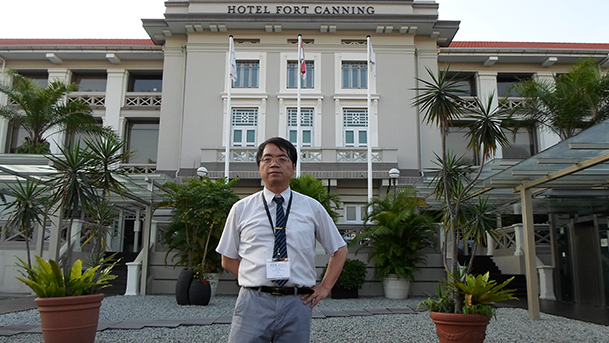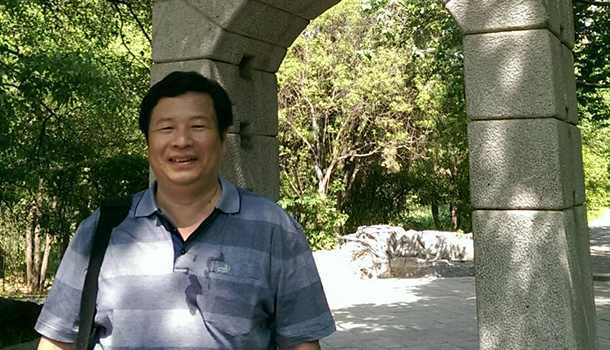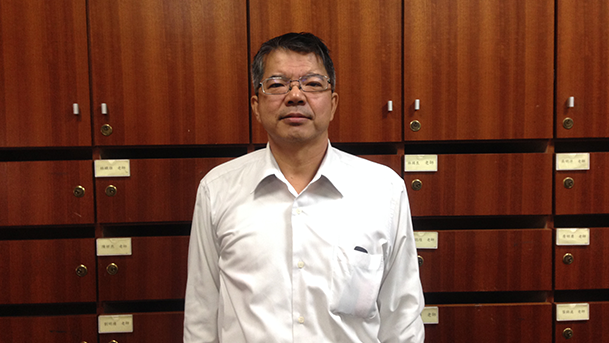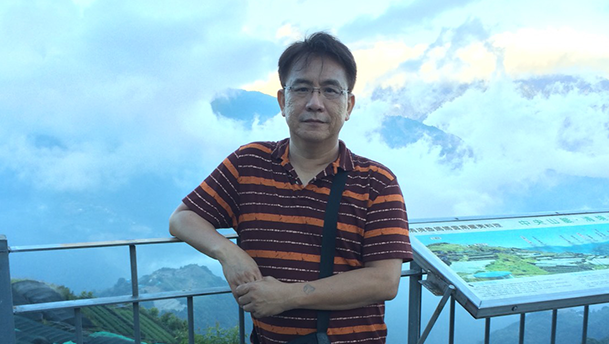Five theme-based deep-bowl courses
Deconstruct engineering mechanics
This deep-bowl course, adopting problem-based learning, covers four major topics, which are mechanics (including physics), mathematics (calculus), materials (including an introduction to materials and practice), and question design. Students can connect their experiments with weekly topics based on mechanics. Through hands-on practice, students can understand the nature of force as well as the direct correlation between force and shapes/materials.
Explore geotechnical engineering
This deep-bowl course helps students understand the underground space in the field of geotechnical engineering. By building a sandbox, students can learn about soil constitution. And then, they can observe the stability of geological formation under the influence of the environment (water) and (human) engineering and anticipate possible results in different conditions with simple numerical values. Finally, by designing a case of safe excavation, students can learn basic principles and steps of stability analysis and construction.
Design engineering structure
This deep-bowl course leads students to the amazing world of structural design. From making a spaghetti bridge and a wooden bridge withstanding the weight of a person to building a pedestrian bridge connecting ISU and E-Da Outlet Mall, students can learn basic theories and steps of structural design and analysis through hands-on practice.
Discover new materials
This deep-bowl course begins from road pavement structures, helping students explore possible changes of roads when different materials, such as fly ash, slag, glass cullet, metals, or nanomaterials, are added into concrete pavements or asphalt concrete pavements.
Innovate civil engineering
From an operational aspect of an engineering company or agency, this course integrates professional knowledge of construction management, engineering economy, transportation engineering, and decision analysis with innovative and smart technologies, software application, and practice. By connecting four projects, students are trained to integrate professional knowledge of transportation and construction management with the management of engineering organizations and apply innovative technologies and decision analysis tools.
 Project Team
Project Team